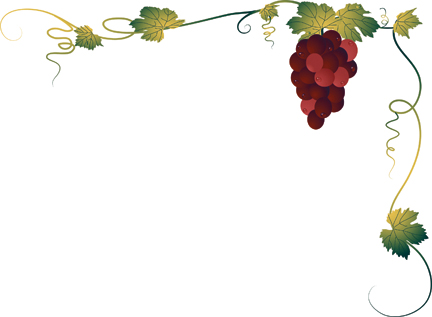Light Red Wine for the Fall
Posted on September 30, 2013 by bob in Prime Vintage
All wines are appropriate for all seasons. There’s nothing wrong with enjoying a simple white or crisp rosé in the winter, and big reds work all year long. But our diets change with the  weather. Just as we look forward to watermelon and fresh-from-the-garden tomatoes in the summer, we crave soups, stews, and roasts in winter. So our go-to wines change, as well.
weather. Just as we look forward to watermelon and fresh-from-the-garden tomatoes in the summer, we crave soups, stews, and roasts in winter. So our go-to wines change, as well.
As the fall begins, I find I’m craving a light red with virtually every dinner. Cru Beaujolais almost always does the trick, as its vibrant acidity and freshness offer a refreshing pairing for September dishes. If you’re scratching your head, you’re probably thinking about Beaujolais Nouveau, the easy drinking, fruity wine that floods ashore every November.
Both styles hail from Beaujolais, a region in France sandwiched between Burgundy and the northern Rhone, home to some of the world’s most prestigious vineyards. And both are produced with Gamay, a thin-skinned grape marked by bright red fruits that traces its lineage to Pinot Noir and an obscure white called Gouais Blanc. But unlike Beaujolais Nouveau, Cru Beaujolais is serious; the wines can offer wonderful depth and complexity and age for decades. And right now, they’re extremely well priced.
As Maggie Hoffman, the drinks editor at Serious Eats, explained last year, “[Cru Beaujolais] offers some of the best value in red wine that you can find… it’s seriously well-made, balanced, food-friendly, delicious, and evocative of place, and it’s way underpriced.”
Consumer confusion helps explain why Cru Beaujolais is undervalued. Ever since Georges Duboeuf introduced his Nouveau to the U.S. marketplace three decades ago, Americans have associated Beaujolais with the mass-produced, gimmicky plonk that sells by the truckload every November. Beaujolais Nouveau has certainly improved in recent years, but the whole concept still seems silly; it’s bizarre to celebrate Beaujolais’ new harvest with cheap wine that has been flown across the world.
Consumer preference also explains why Cru Beaujolais is under appreciated. When consumers think of light wines, they tend to think of whites and rosés. For Americans, especially, a light red is an oxymoron – reds are supposed to be dark, powerful, and served alongside steak.
Cru Beaujolais hails from one of ten small villages in the northern part of this French wine region. Just as Napa Valley’s sub-appellations – think Stags Leap, Oakville, Howell Mountain, and the like – boast of special growing conditions, so do these ten villages. Good wine shops should stock wines from Fleurie, Morgon, Moulin-à-Vent, and other Beaujolais crus.
Most Nouveau is produced in southern Beaujolais. That said, many artisanal producers are working to change the reputation of the south by keeping yields low, rigorously sorting their grapes, avoiding manipulation in the cellar, and making real wines. Their bottlings are worth seeking out, especially if you have a trusted wine merchant to help guide you.
Once upon a time, oenophiles everywhere knew that Beaujolais could produce some of the world’s most complex, aromatic, and lively wines. The region still produces gorgeous wines, but they’re mostly ignored. So before word gets out, be sure to stock your cellar.
David White is the founder and editor of Terroirist.com, which was named “Best Overall Wine Blog” at the 2013 Wine Blog Awards. His columns are housed at Palate Press: The Online Wine Magazine.









